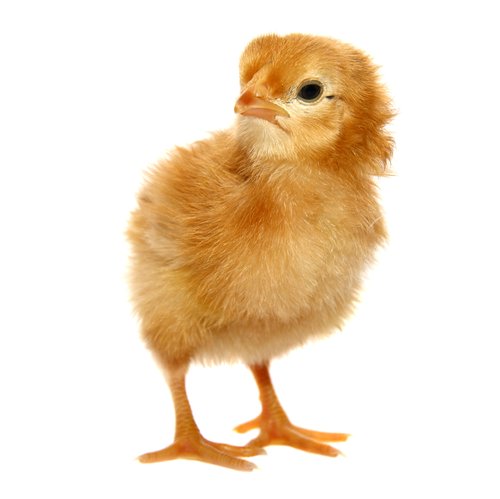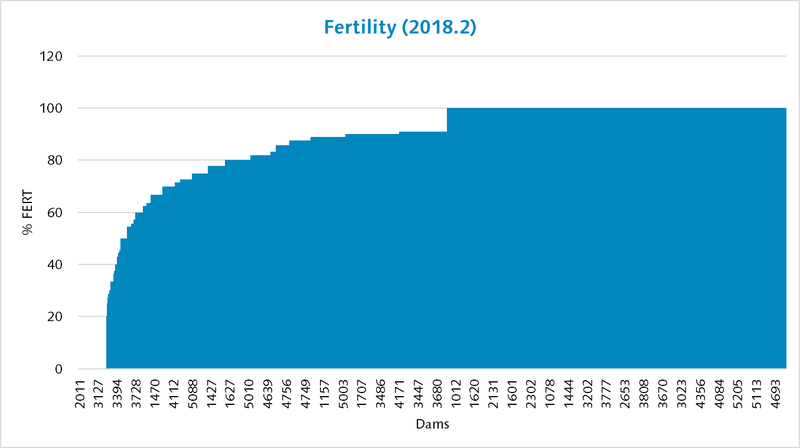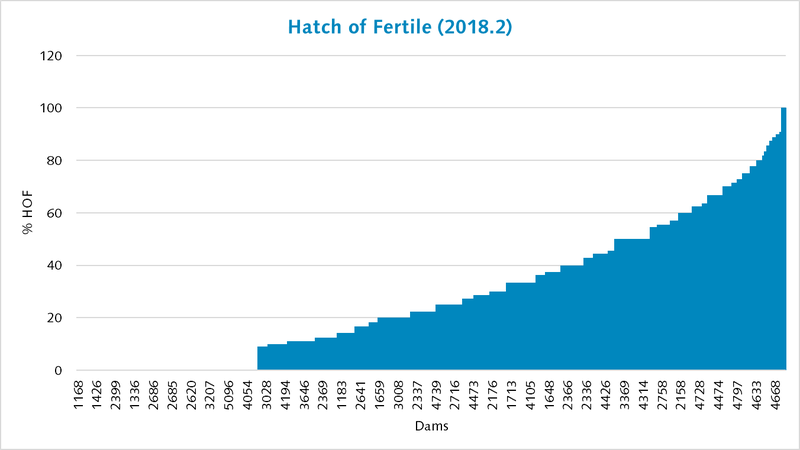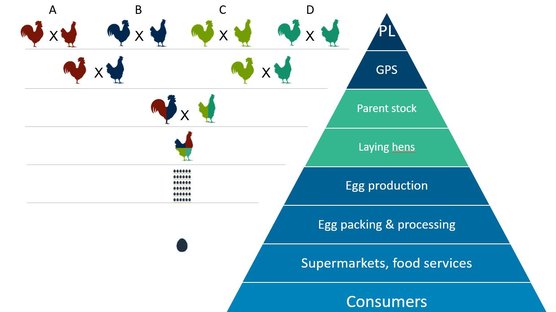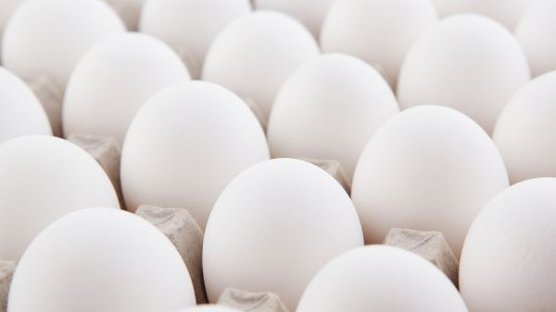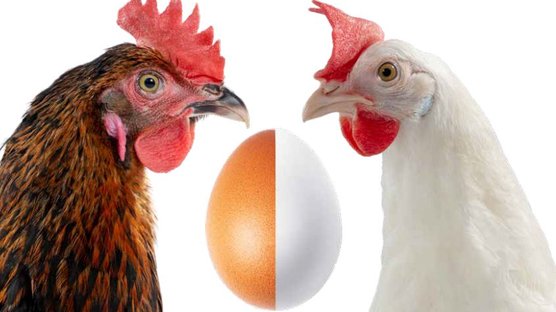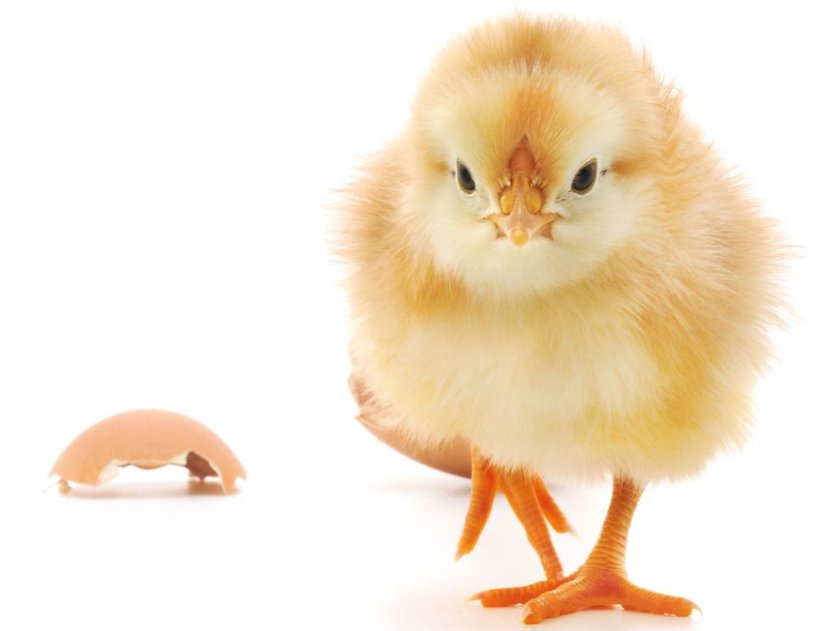
Published on Dec. 3, 2020
Breeding for Improved Hatchability
Predictable hatchability of hatching eggs is a common objective for all hatcheries as hatchability is a trait of considerable economic importance. In order to make a good prediction of the reproductive performance of parent stock, hatchability is essential in planning and producing saleable day-old chicks. There are many factors that can affect hatchability. The age of the breeders, the time of the year, the male:female mating-ratio and nutrition are all factors that are affecting the fertility and hatchability of hatching eggs. While egg handling, egg storage, environmental temperature and relative humidity have their effect on the embryonic mortality and hatchability.
Around peak production the reproductive traits tend to peak as well, generally they tend to decline as the parent stock flock gets older. It is not just the lower fertility of the males and the females that causes this decline, it is also directly related to the deteriorating quality of the eggshells. Managing the egg size profiles of the breeders is important. By steering egg sizes of the breeders you will be able to utilize more hatching eggs and hatch more day-old chicks. Egg size profiles are addressed in our breeding programs, but please keep in mind that you can also steer your egg size profiles via management during the production period of the parent stock.
Hatchability traits are present in our breeding program for decades. Hatch out of eggs set, hatch out of eggs fertile and hatch out of eggs transferred are among our hatchability traits. In order to improve the hatchability towards the end of the productive lifetime of your parent stock we have incorporated new traits to our breeding programs. We have added fertility and hatchability traits of our female lines over 80 weeks of age. Normally these females are only used to record data on daily egg production, egg quality, livability, etc. By inseminating these females with mass semen, collecting their hatching eggs, storing the eggs for different time periods and incubating the eggs, we get a whole new list of traits related to hatchability at older age. As part of the measurements, we do break-out analyses to investigate the clear eggs and embryos that have died, and we categorize them. At hatch we count and sort the day-old chicks by quality, and we register all the data directly in the breeding database so we can select on it as the goal is to optimize continuously the number of 1st quality chicks hatched per breeder.
It can be clearly seen that large variation exists between the different females; it is this variation that provides us the right information to assist us in doing our selections. Those pure line families that contain many “older” females with still good reproduction capabilities have a clear advantage to be selected to contribute to the future generations of laying hens.
